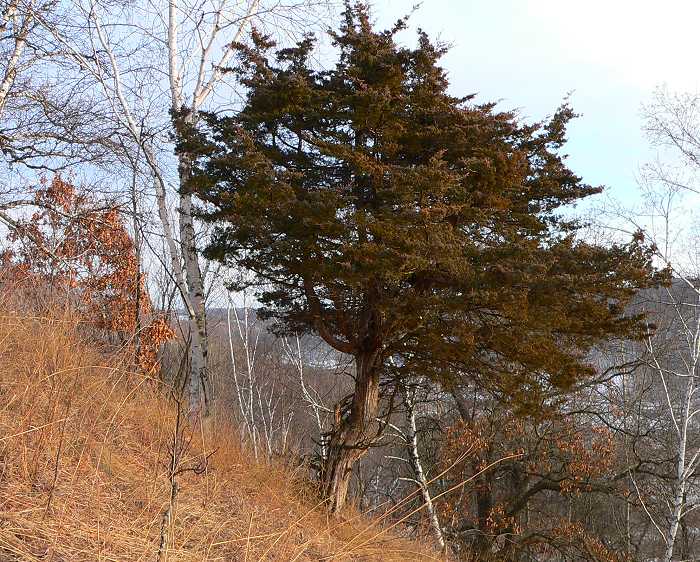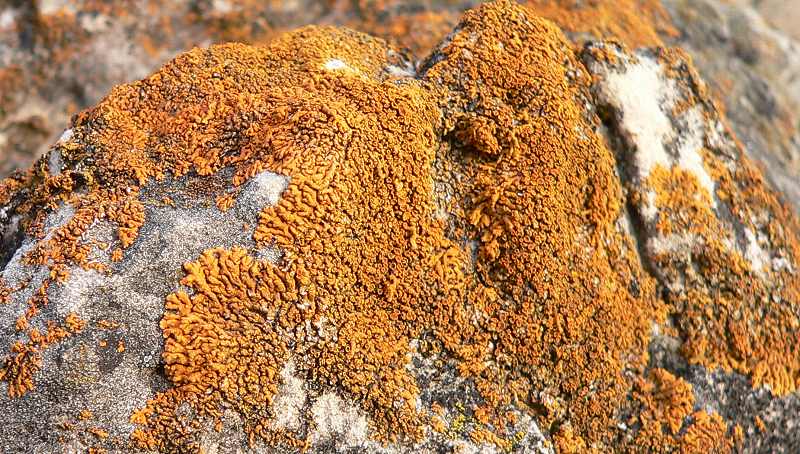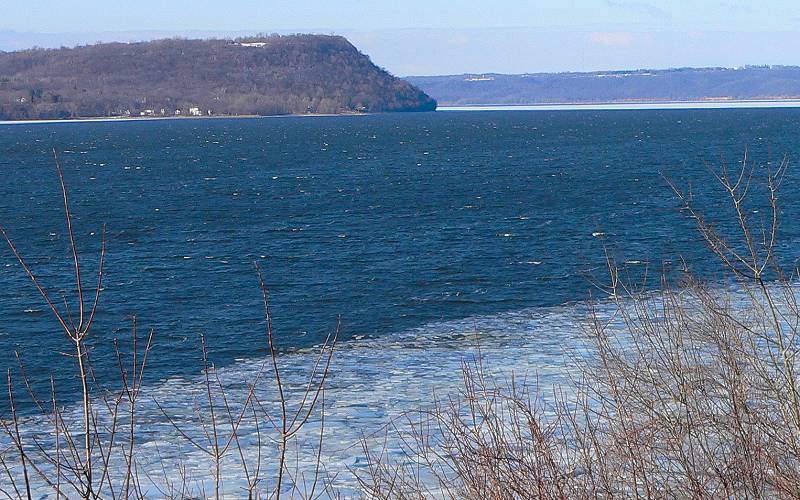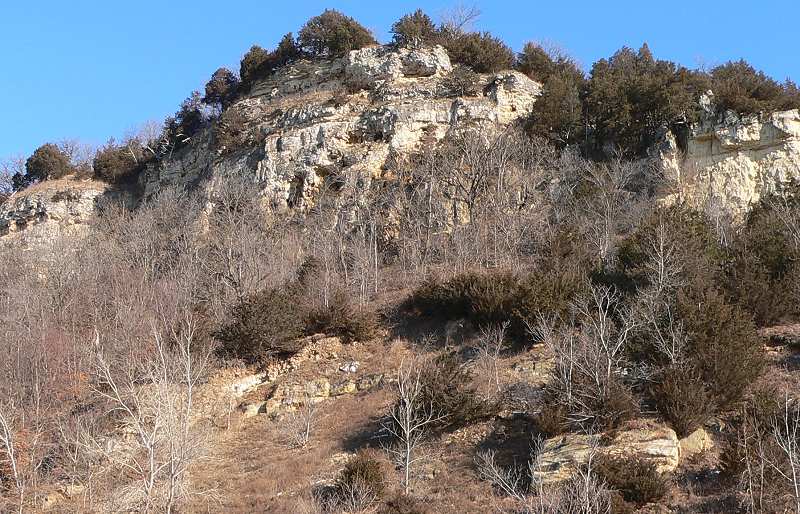Finally a week with lots of sun! It’s been sunny with the temperature in the 30s so most of the snow has melted, which makes planting more difficult. But it’s so nice to see the sun that I can’t feel too bad about it.
Here’s Western Field – soon to be Western Prairie – with most of the snow gone.

One of the nice things about getting to the end of my planting project is that now I’m working at the southern end of the field. So when I finish working for the day I take a look at the view from Big View Prairie, which is a wonderful steep goat prairie, and walk down through it to Center Valley. This is the view from Big View.

I’ve wondered why Eastern Red Cedars (Juniperus virginiana) aren’t a problem in our prairies. On the bluffs along the Mississippi the cedars are very aggressive and turn the prairies into cedar forests. But although we have a few cedars, they seem to be very well behaved. There’s only one on Big View Prairie, on the southeast point of the bluff.

You can see how steep the slope is in this prairie.
Big View Prairie also has some big rocks that are covered with lichens.

Lake Pepin has large areas of open water this week – we’ve never seen that happen in January before. Lake Pepin is a widening of the Mississippi River between Minnesota and Wisconsin. It was formed during the melting of the glaciers when silt from the Chippewa River narrowed the Mississippi just below Pepin, Wisconsin and caused a lake to build up above it. There are spectacular 450-foot bluffs along the lake that used to be covered with prairie. Now the prairies are mostly overgrown with brush and Eastern Red Cedars, but there are still some dry “goat prairies” on the steep slopes.
Usually the lake freezes in December and the ice gets thick enough for ice fishing. In normal winters there are clusters of ice fishing houses out in the middle of the lake with roads to them across the ice. This year the ice has broken up in most of the center of the lake. Along the edge is a band of broken sheets of ice that makes loud crunching, scraping noises as the waves rock up and down.
Here’s the band of broken ice.

And a view of the open water on the lake.

This is one of the bluffs on the Wisconsin side of the lake. There’s been a project to reintroduce Peregrine Falcons to the area and they’ve started nesting in some of these rocky cliffs. 
